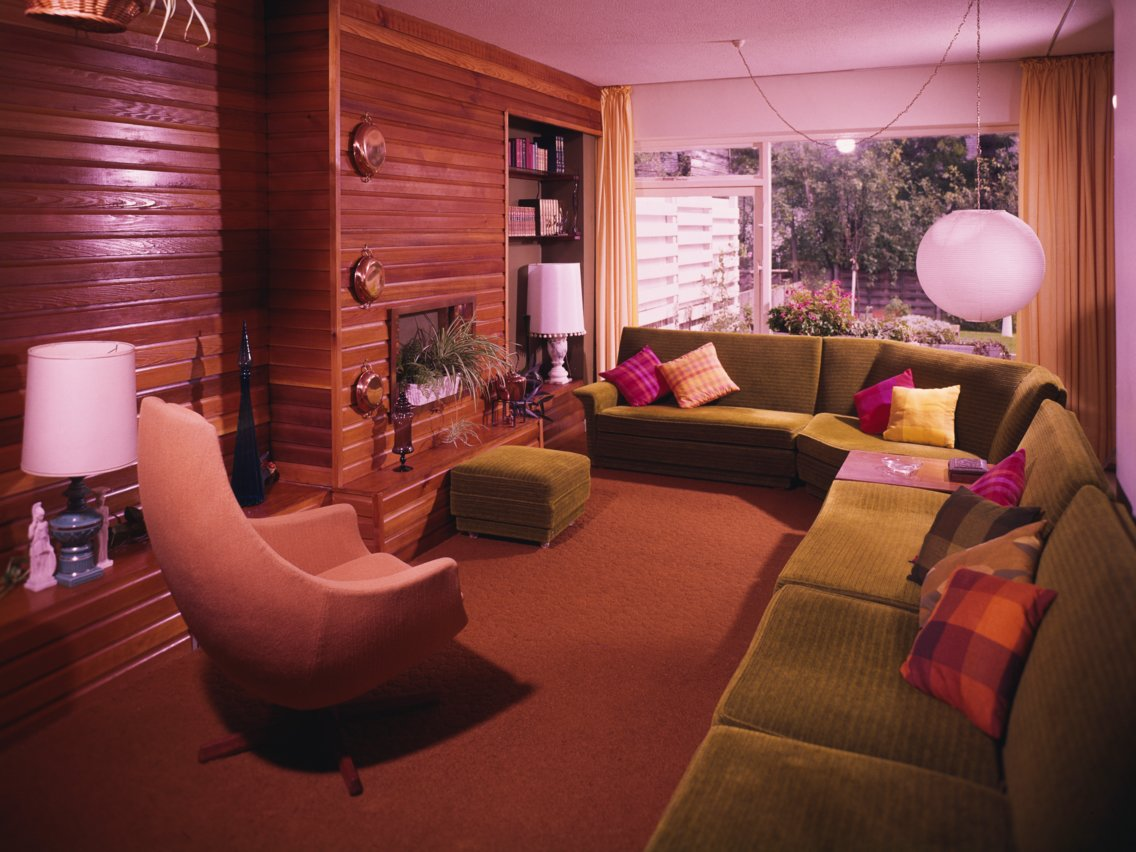- The typical American home has changed dramatically since the 1960s.
- In the ’60s, homes were mostly ranch style and decorated with bright, flashy colors. Today, a modern farmhouse style with subdued colors is popular.
- Living rooms used to frequently feature shag carpets and large sectionals. Today, you see hardwood floors and love seats in most American homes.
The 1960s were filled with bright colors and flashy designs, and the typical American home at the time was no different.
From shag rugs to wood-paneled walls, a home in the ’60s was designed for family life and entertaining. Although homes today are still built for families, they are typically more subdued and focused on comfort.
Keep reading to learn how else the American home has changed since the 1960s.
Ranch style homes were popular during the 1960s, and had an emphasis on landscaping.
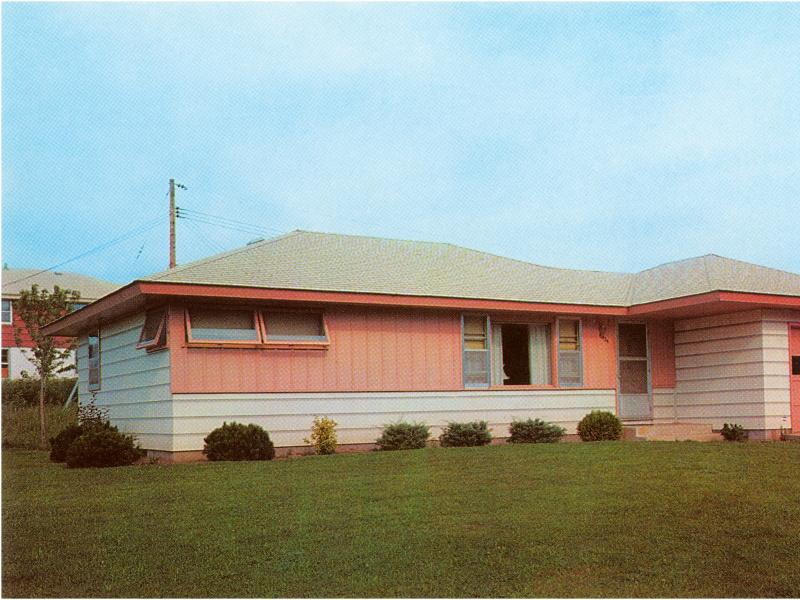
Cape Cod and split-level Mediterranean style homes were also popular during this time period. Other exterior features that were seen on many homes include screened porches, attached garages, and low roofs.
While ranch homes are still popular today, people now prefer craftsman-style houses.
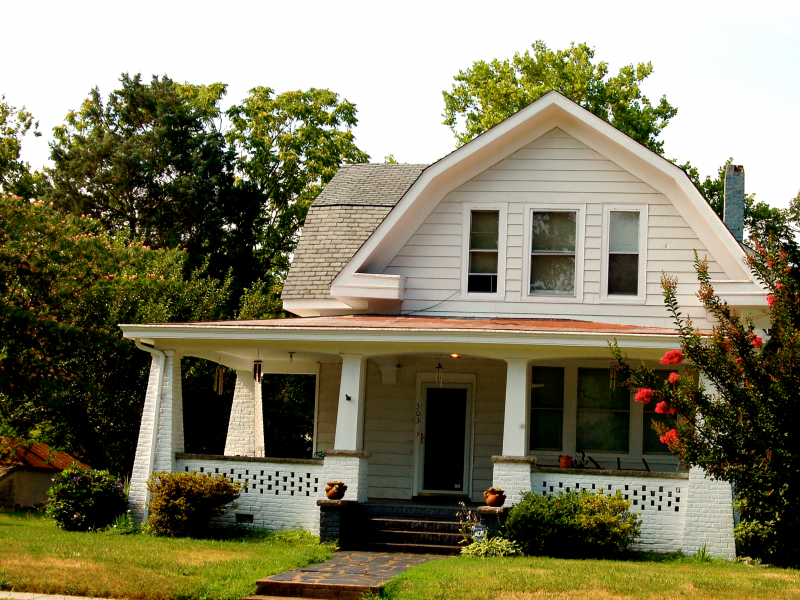
When Trulia, a real estate website, surveyed 2,000 people to find out what their favorite architectural style for a home was, 43% of people responded with craftsman. This style is characterized by a large front porch, pillars, and sloping roof.
Ranch and colonial homes are America's second and third favorite styles, according to the study.
Inside a 1960s home, you'd find bold, bright colors throughout.
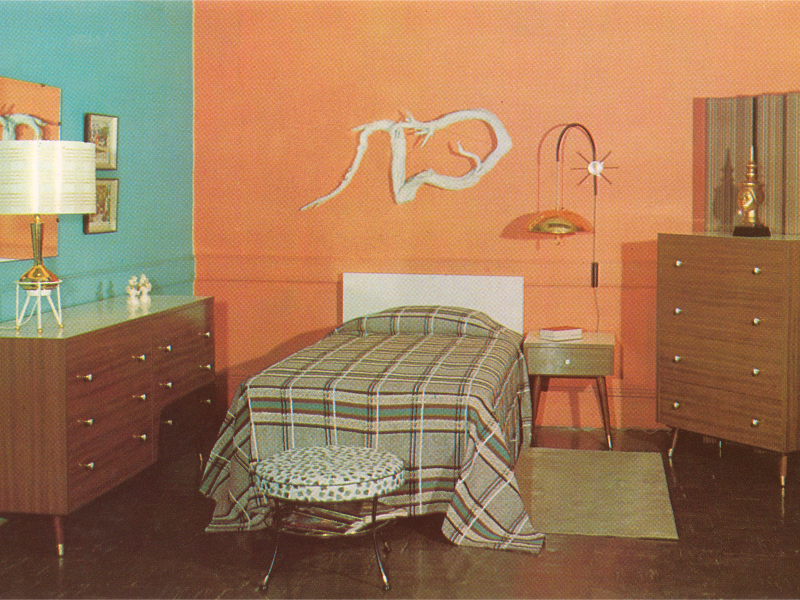
Bold colors like orange, taupe, and grass green were popular choices.
Today, simple colors like white, black, and dark blues are preferred.
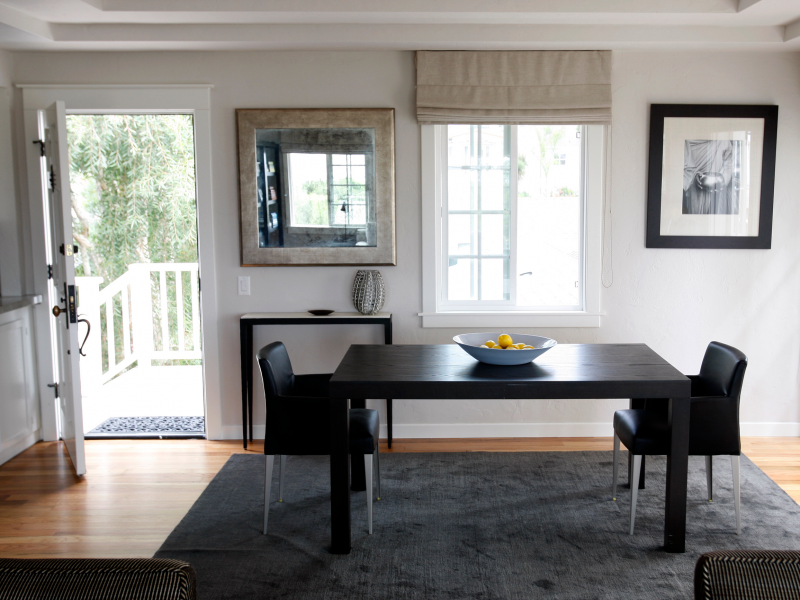
There has been an increased demand for darkly painted walls, but white is still the preferred option these days.
In the '60s, wood paneling was a popular feature in most homes.

Wood paneling was seen in every room in the house - even the kitchen.
When walls weren't covered in wood paneling, wallpaper was another popular option in the 1960s.
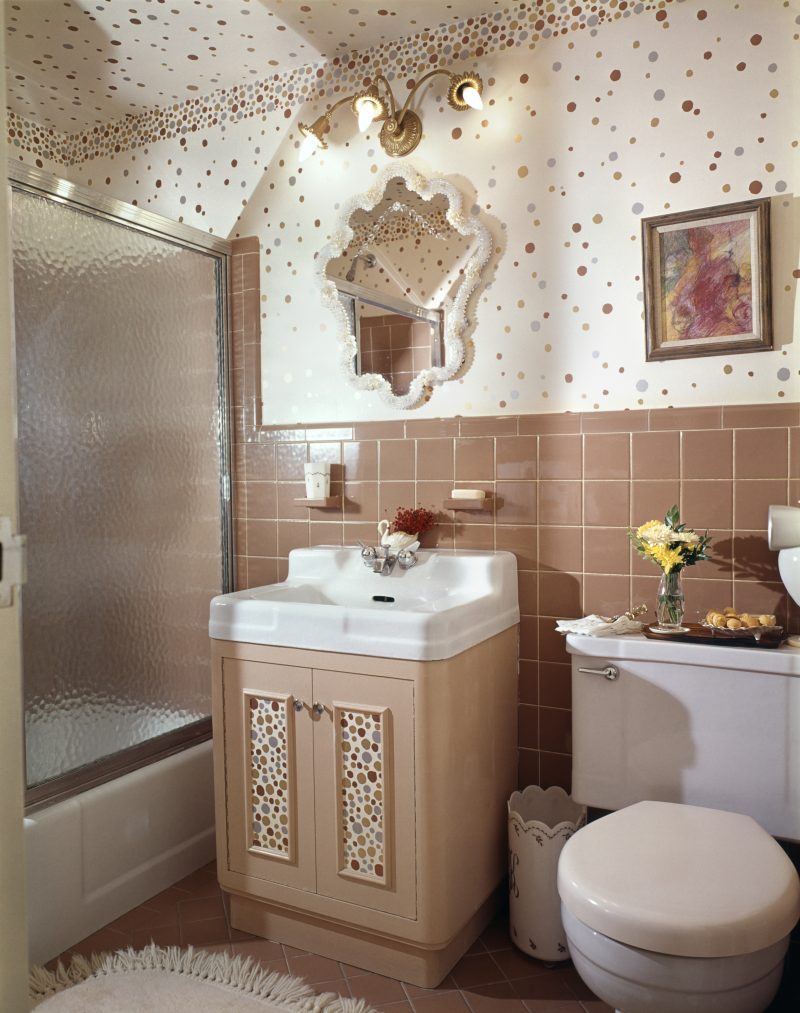
Like color choices in general at the time, wallpaper was often flashy and bright, and paisley and floral patterns were preferred.
Today, walls are typically white, but accent walls are sometimes used to make a room pop.
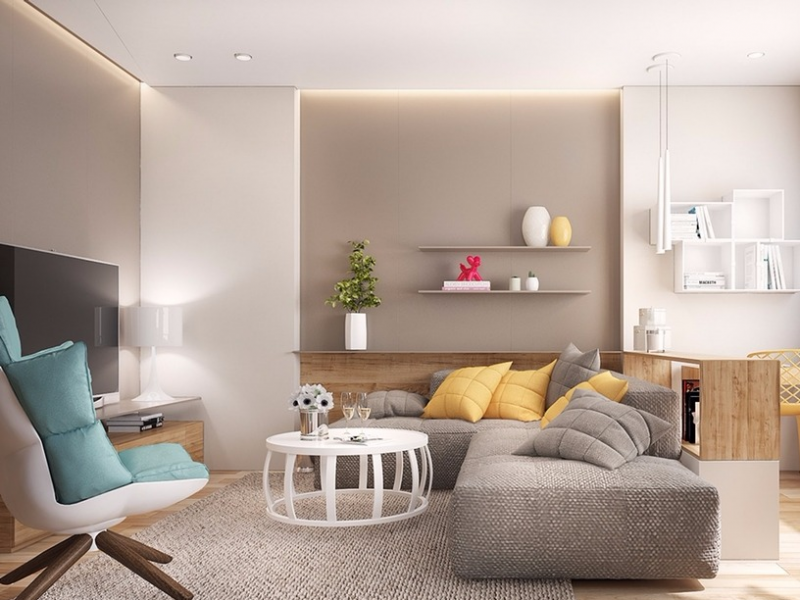
Some people even opt to have an entire accent room , which has all four walls painted in a bold color. Like the wood paneling and wallpaper of the '60s, these colorful walls are meant to add character to the home.
Wood furnishings were also trendy in the mid-1900s.
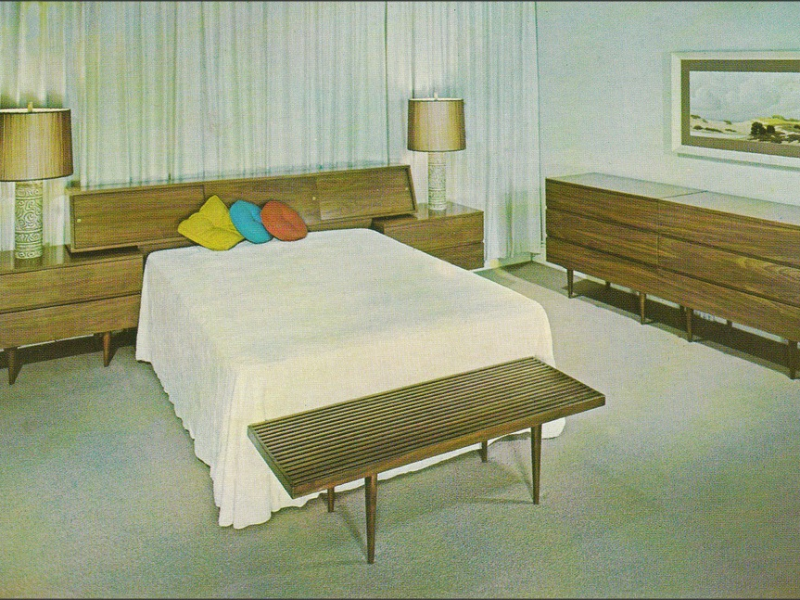
Most houses had cabinetry made of oak, cherry, or walnut woods.
Although wood furniture is still popular today, we typically see wood as molding, flooring, and finishings.
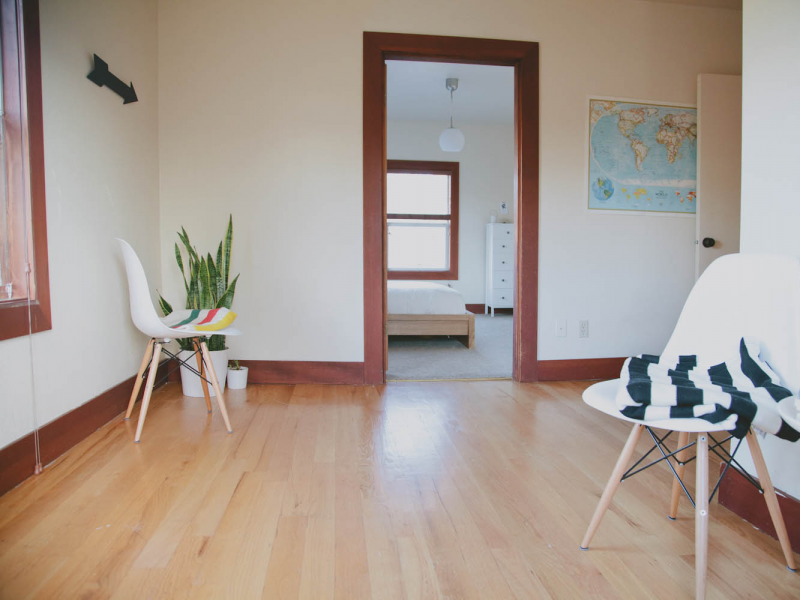
Typically, today's wood is reclaimed, and generally more natural and lighter in tone.
As for flooring, shag carpeting reached its peak in the 1960s.
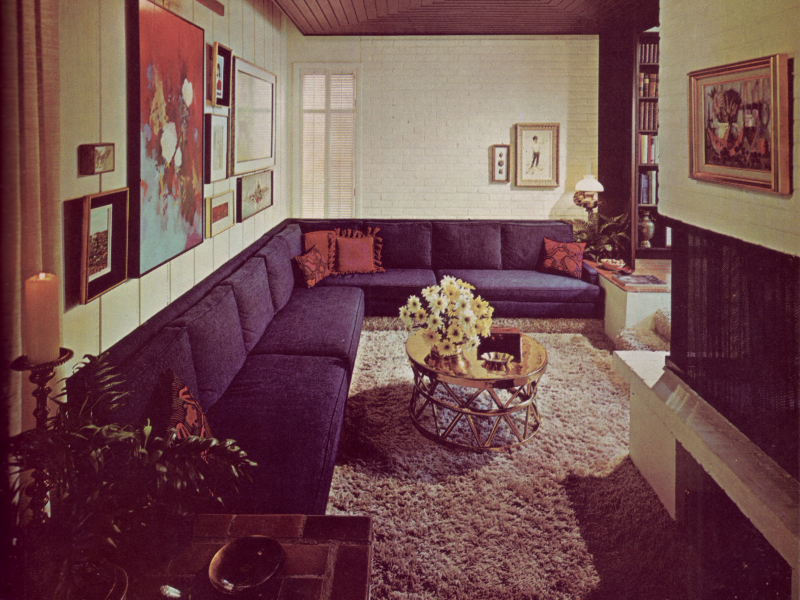
The shag carpeting trend lasted through the '70s, and became associated with the hippie movement.
Shag rugs are a thing of the past, as hardwood flooring is the top choice these days.
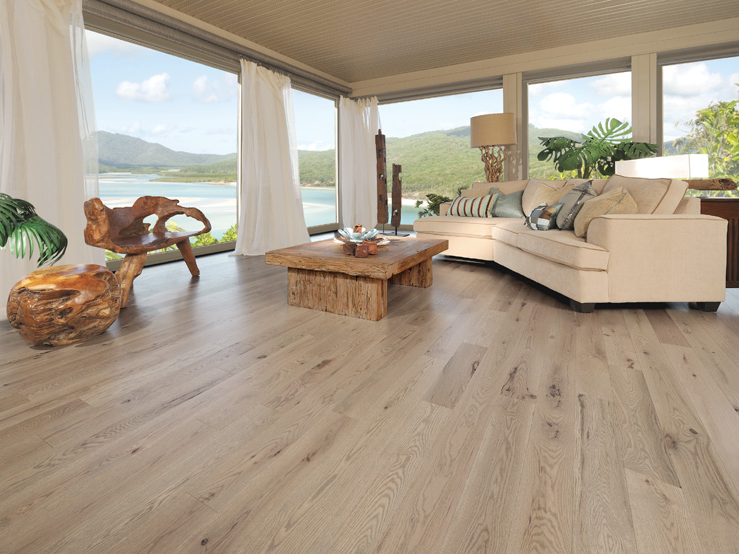
Recently, hardwood flooring is the top request for prospective home buyers. In fact, 54% of people said they would pay more for a house that has hardwood flooring, according to a 2014 survey. Meanwhile, manufacturers are expecting a sales growth of hardwood flooring in 2019.
In the 1950s, it was common for couples to sleep in separate beds, and this practice lasted well into the '60s.
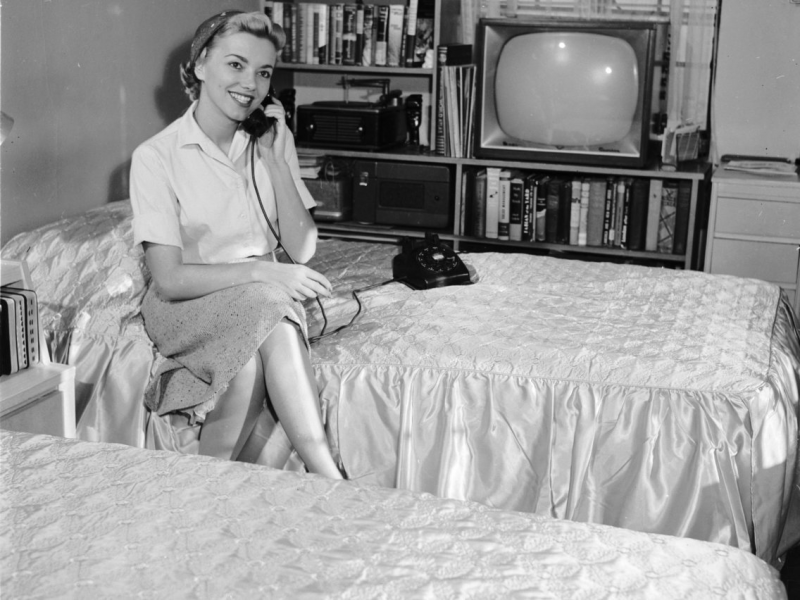
The practice started on television when married characters were pictured getting into beds that were separated by a small table. Americans followed suit, and the practice lasted well into the '70s for some couples.
Today, bedrooms are seen as an escape for couples to spend time alone together. Beds are typically queen size or bigger.

Now, couples typically sleep in the same bed.
As the baby boom reached its peak in the '60s, family's moved to larger homes in the suburbs.
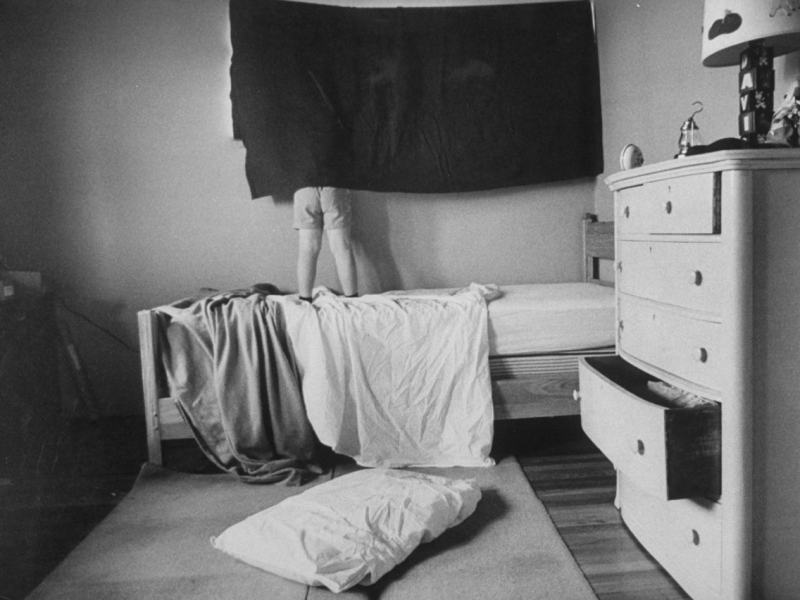
Suburban baby boomers and their parents made up one-third of the US population by 1960, and they were moving into homes that had "family rooms," big yards, and more open floor plans.
A typical children's room today doubles as a playroom.
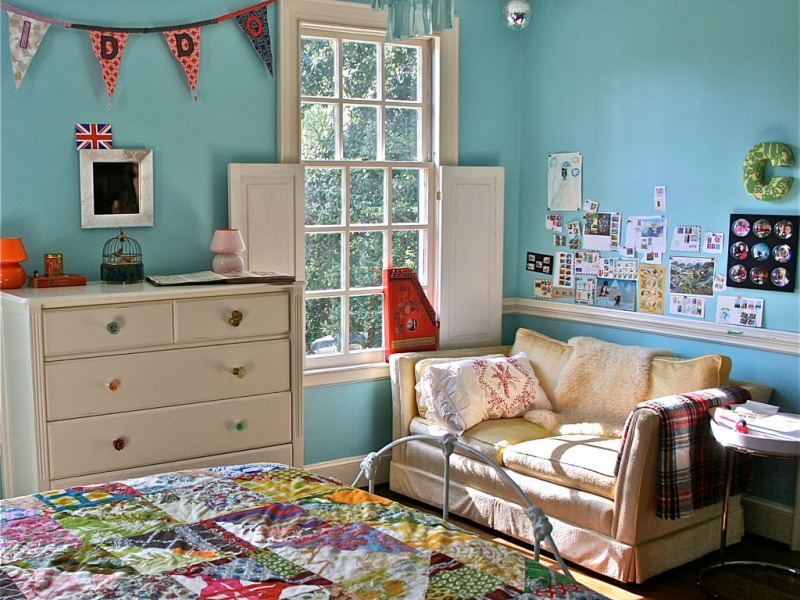
As a child grows up, their bedroom becomes a place to express their identity.
As for living rooms, large sectionals were the couch of choice for most homes in the '60s.
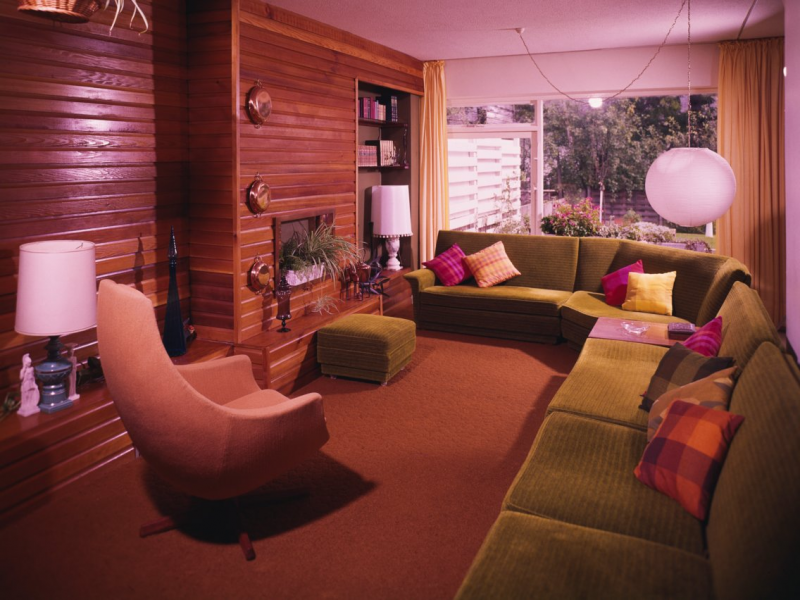
The sectional sofa has a long history in the US, dating back to the Civil War. It wasn't until the 1940s that the sectional really became popular, however. In the 1960s, it was common for almost every home in the US to have this type of couch.
While sectionals are still an option today, people tend to opt for smaller couches.
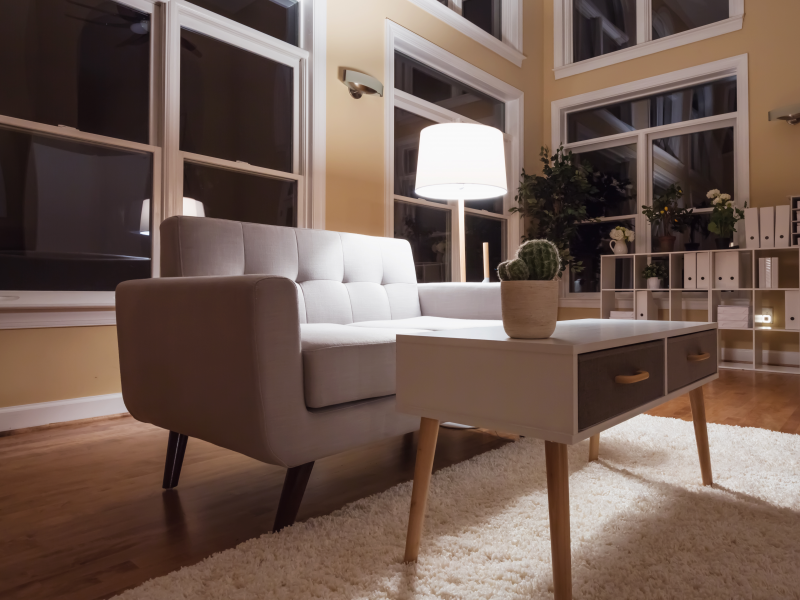
Loveseats, which typically only fit two people on a couch, have become increasingly popular in recent years. Swoon, an online retailer, told The Guardian that loveseat sales are up 4,500% recently.
As for the kitchen in the '60s, they were decorated in bright colors and wood cabinets.
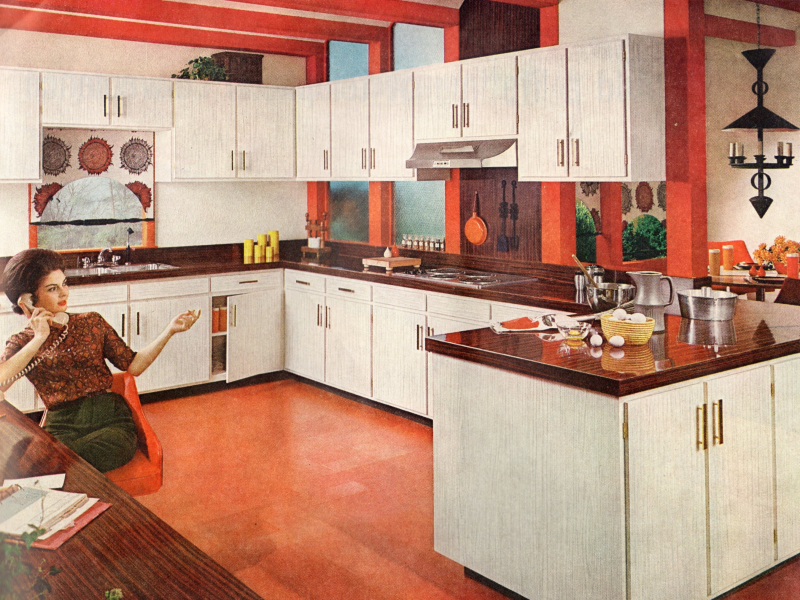
For the first time, the kitchen was viewed as an entertaining space in the '60s, so most were decorated with bright colors and easy-to-clean laminate counter tops.
Today, kitchens are more subtle and stainless steel appliances are extremely popular.
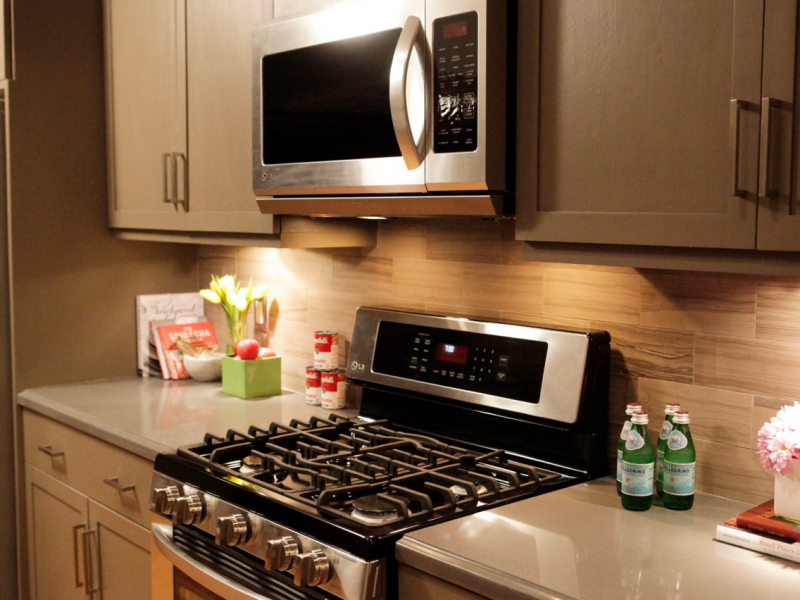
Stainless steel appliances started in restaurant kitchens, as the material is resistant to wear and tear. But in recent years, the sturdy stainless steel has become increasingly popular in American kitchens as a stylish and minimalist design aesthetic.
In the '60s, families sat down to eat dinner in the kitchen together every night.
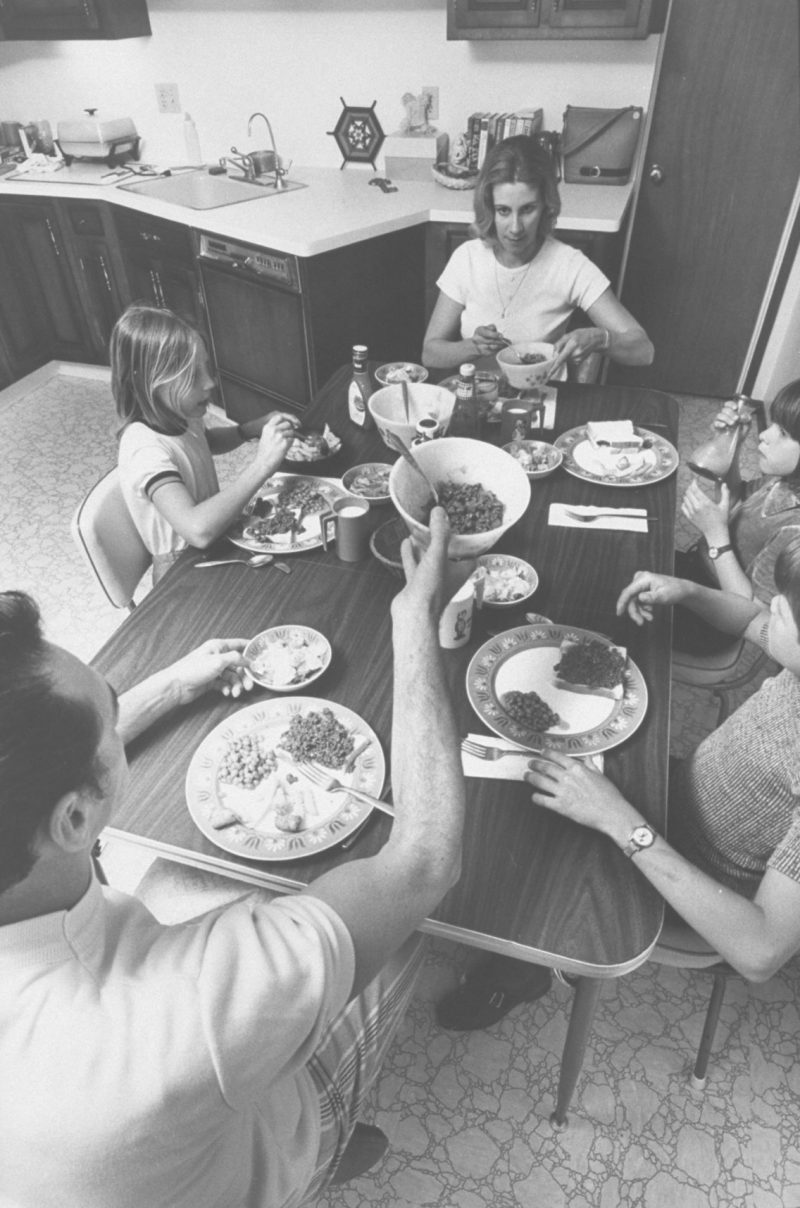
At dinner, families would chat about the day's events over meatloaf, pot roast, or canned foods.
However, fewer kitchens are being used for family dinners these days.
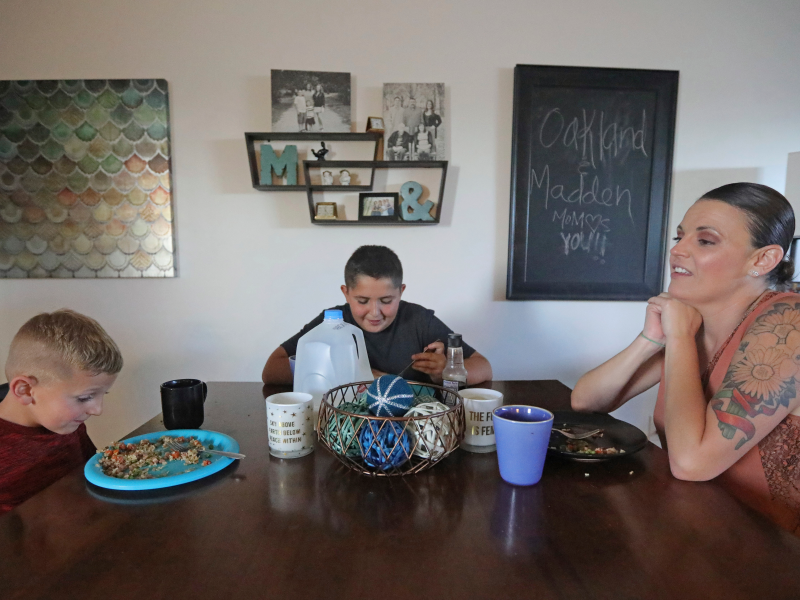
Recently, there's been a decline in the number of adolescents who eat dinner with their parents during the week.
